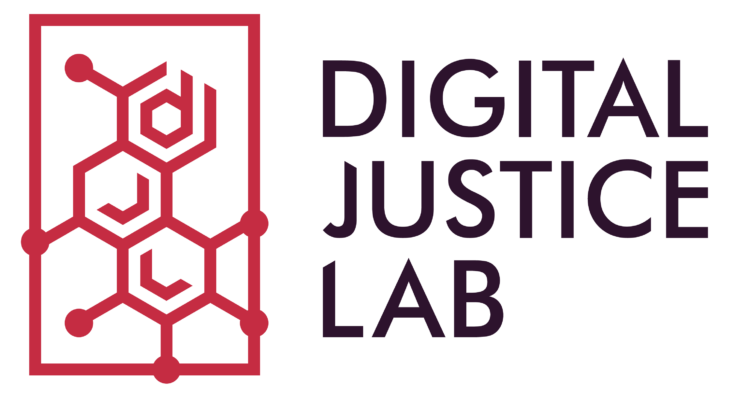
by Whitney Sperrazza
My research explores the relationship between tangibility and intangibility. As a scholar of early modern poetry, this relationship informs my experiments with how digital practices help us engage differently with historical literary texts. During my visit to the Digital Humanities and Social Engagement lab this spring, I had a chance to talk about a work-in-progress on the haptic quality of poetic language. Feminist literary scholars have long argued that early modern sonnet conventions enact violence against the female body. In my ongoing experimental humanities work, I pose as my central question: how do we feel that violent language?
For some early prototypes, I constructed wooden board and nail versions of early modern sonnets, turning the poems into three-dimensional objects that made the reading experience a bit more perilous. I used the blazon convention as my starting point and marked (drove a nail through) any language that abstracted and catalogued women’s body parts. Ultimately, I produced poetic objects that were physically sharp to the touch. The poems were punctuated with moments of “sharp-ness” that not only forced the reader to confront violent descriptions of the female body, but also made those violent, and often penetrative, descriptions tangible. In addition to raising questions about the relationship between violent language and physical violence, these objects function as an artifact of my own reading—a creative edition of the sonnets that makes palpable my critical aims.
I shared these prototypes with the DHSE community and had a chance to discuss ideas about the project’s next steps as I shift from a handful of representative poems to the entire archive of early modern sonnet sequences. Increasingly, I am using this work to think about the long history of violence against women’s bodies and how new interactions with literary texts can help us better understand aesthetic manifestations of that violence. In other words, violence in early modern sonnets is a structural, not simply conceptual, feature. For the project’s next phase, I plan to combine my experiments in critical making with computational text analysis methods, tagging and cataloguing violent language across the early modern sonnet archive (roughly 1,500 poems) and then producing new objects based on that much larger accumulation of data points. By combining critical making and computational text analysis, I want to offer a creative repurposing of quantitative tools and use my curated data set as a starting point for new forms of engagement between texts and readers.
DHSE offered the perfect space within which to have a conversation about this work and its future directions, particularly given the social justice ethos so central to the lab’s mission and the highly interdisciplinary community the lab convenes for its programming. The DHSE audience (which included individuals from the Department of English and Creative Writing, Dartmouth Libraries, and the Neukom Institute for Computational Science) offered perspectives on different aspects of the work: the digital humanities methods, my close readings of the sonnets, and the project’s feminist critical framework. Additionally, in conversations with faculty, staff, and students throughout my visit, I learned about exciting new digital work at Dartmouth and gained valuable insight on project design and development.
Thank you to the DHSE team—Jacqueline Wernimont and Brinker Ferguson—for the chance to play and experiment in your vibrant lab space and for hosting an energizing and intellectually rigorous conversation about my work.
